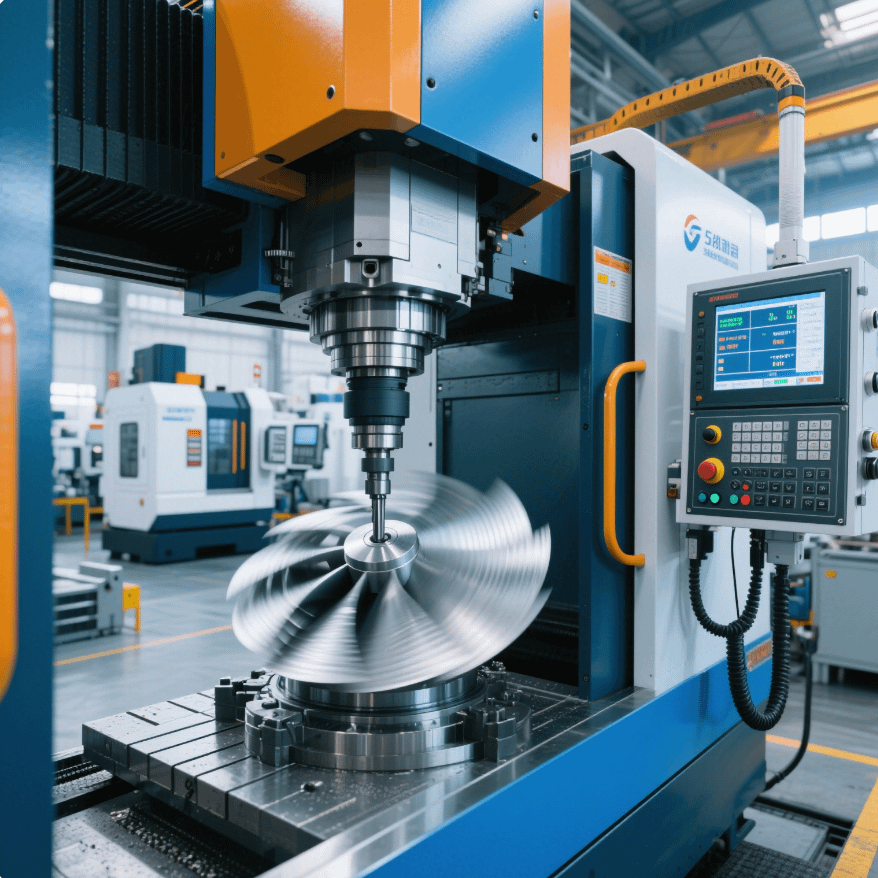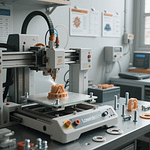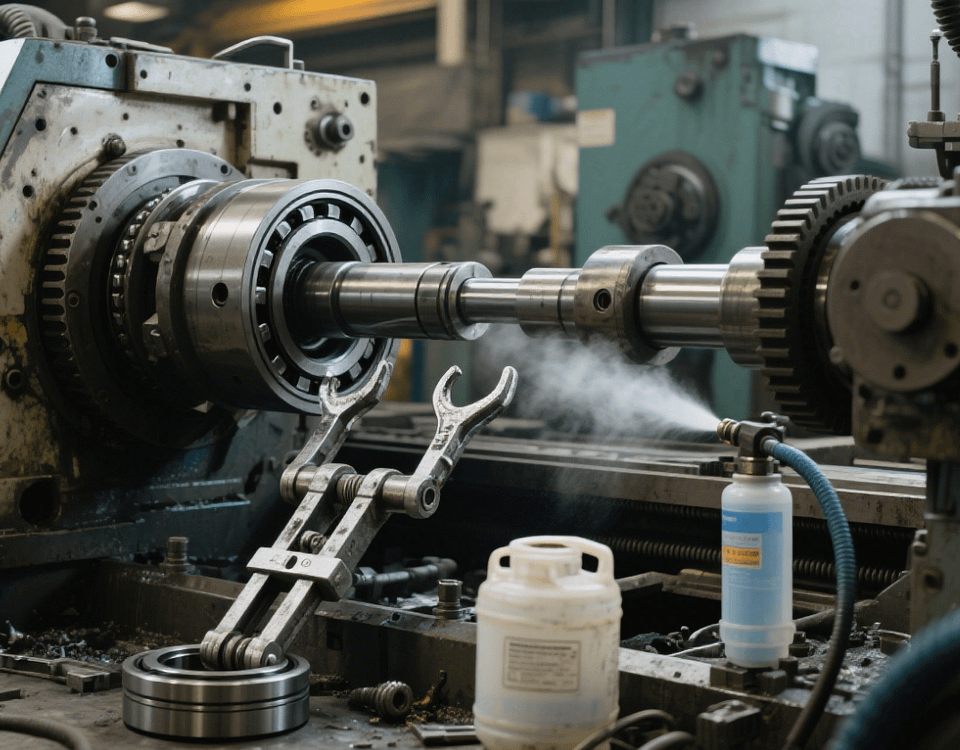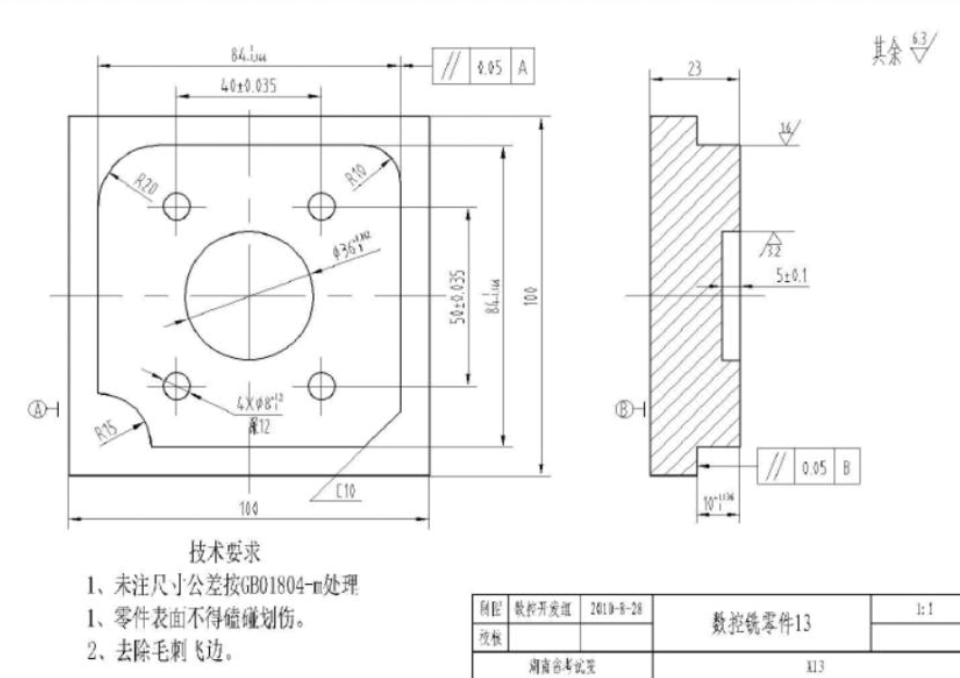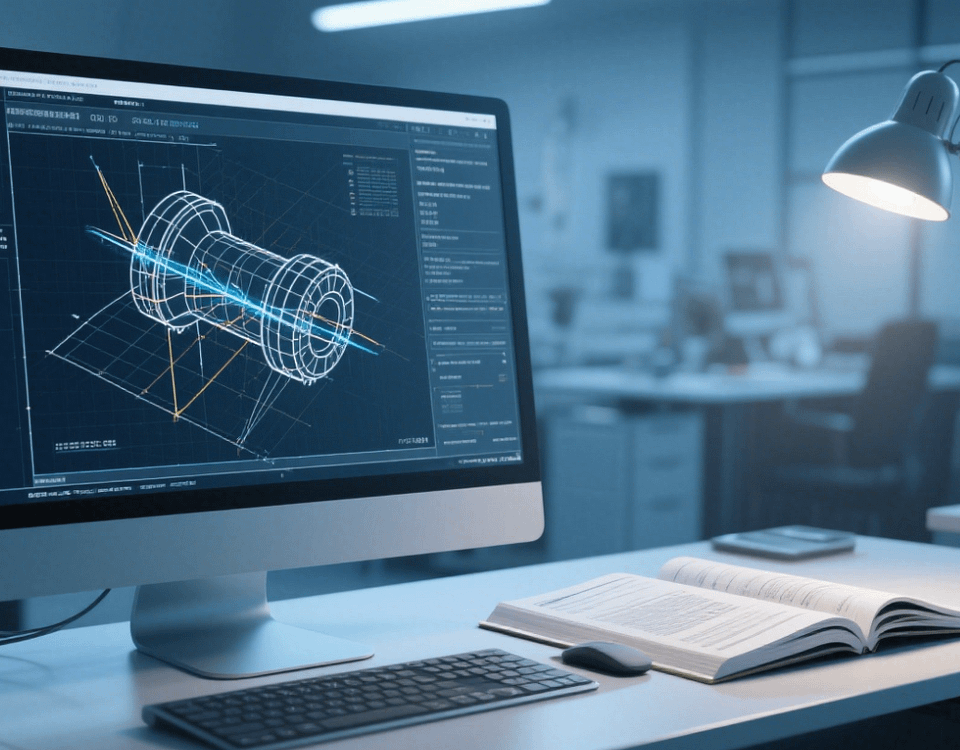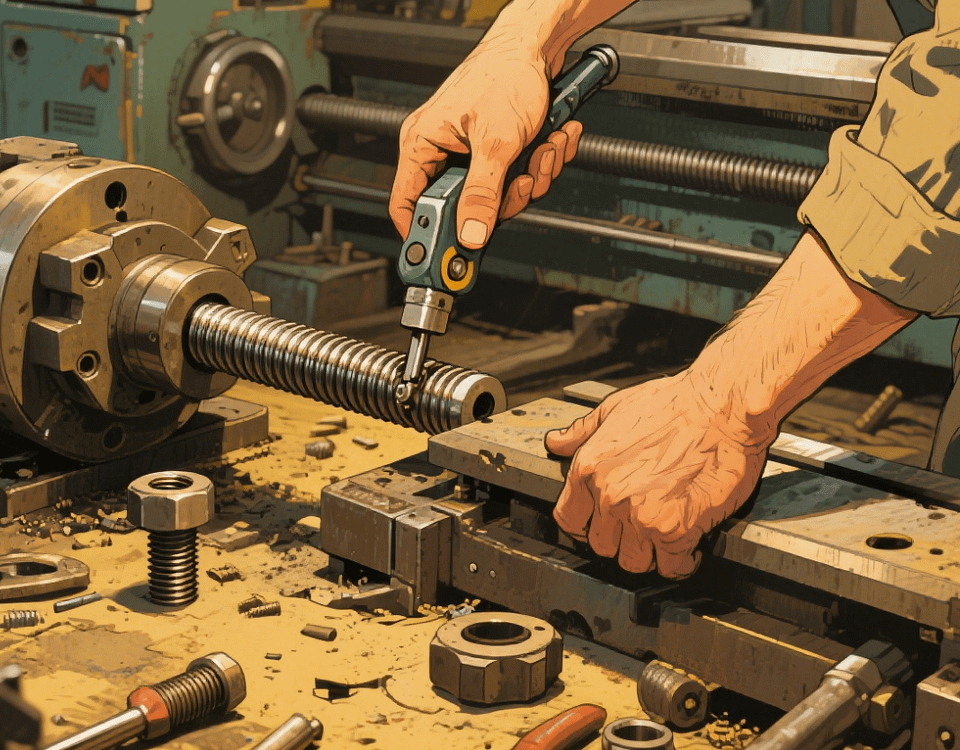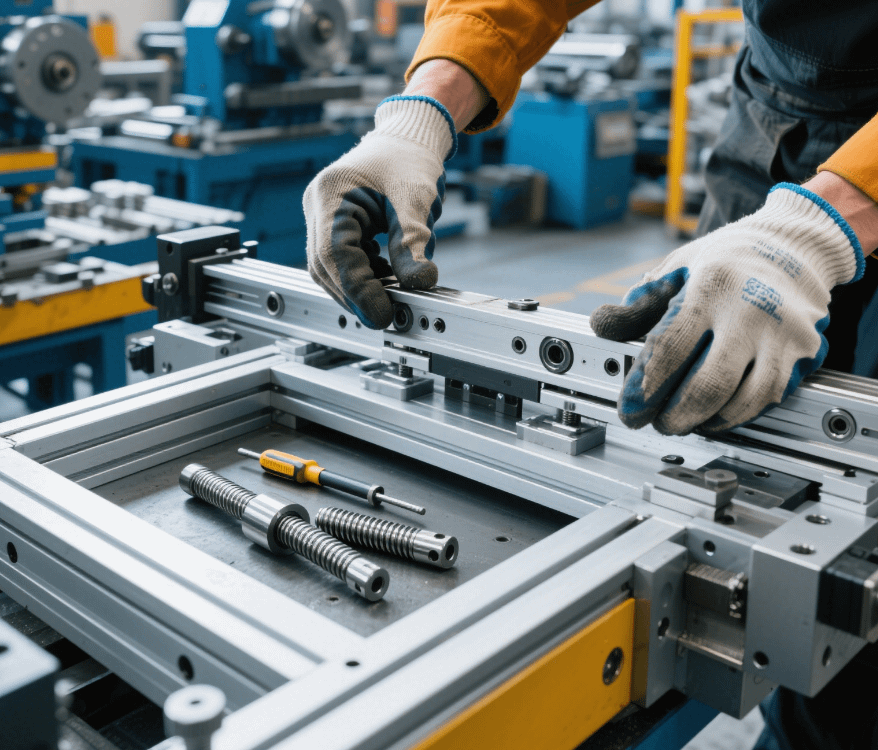How Many Parts Can a CNC Machine Tool Manufacture Annually?
In the daily operation of our factory that uses Swiss-type lathes to machine precision parts, the question of “how many parts can a CNC machine tool manufacture annually” is of great concern to both customers and industry colleagues. However, this value is not fixed and is comprehensively affected by multiple factors such as the performance of the equipment, the characteristics of the parts, and production management.
The performance of a CNC machine tool is the core factor determining the annual output. A high-end five-axis linkage machining center, with its multi-axis linkage capability, higher spindle speed, and feed rate, can significantly reduce the number of clamping times and improve the machining efficiency when machining complex parts. For example, compared with an ordinary three-axis machine tool, a five-axis machine tool can increase the machining efficiency by more than 50% when machining aircraft engine blades. In addition, the stability of the machine tool is crucial. Stable equipment can reduce the downtime due to failures and ensure the continuity of production. The high-performance Swiss-type lathe newly introduced in our factory has significantly shortened the downtime caused by failures, increased the effective production time, and directly contributed to the increase in the annual output.
The complexity of the parts and the precision requirements have a significant impact on the annual output. Parts with simple structures and low precision requirements, such as shaft parts and disc parts, have fewer machining processes and a short single-piece machining time, resulting in a higher annual output. Taking an ordinary cylindrical part as an example, if it only takes 15 minutes from clamping the blank to producing the finished product, and a machine tool works 16 hours a day, calculated based on 300 working days a year, it can theoretically produce more than 4,000 pieces. Conversely, for precision components of medical devices, complex cavities of molds, and other parts, there are not only numerous machining processes but also frequent inspections and adjustments to ensure high precision, which leads to a substantial extension of the single-piece machining time and a decrease in the annual output.
Scientific production arrangements and high-efficiency management levels are equally essential. Reasonably planning the machining sequence of parts and balancing the workload of each machine tool can fully tap the production capacity of the equipment. Timely replacing worn tools and optimizing the tool path can effectively shorten the machining cycle. After our factory introduced an intelligent production management system, through the precise scheduling of the production process and the efficient management of tools, the production efficiency of CNC machine tools has been increased by approximately 20%.
In addition, regular maintenance is crucial for the long-term stable operation of the equipment. Our factory strictly implements the equipment maintenance plan, conducts basic cleaning and inspection every day, and carries out in-depth maintenance every month to ensure that the machine tool always maintains good performance, laying the foundation for continuous high production.
Overall, there is no unified standard for the annual output of CNC machine tools. In our factory, an ordinary three-axis machine tool can produce 3,000 to 5,000 parts annually when machining simple parts, while a high-performance five-axis machine tool can produce approximately 800 to 1500 parts annually when machining complex precision parts. We will continue to optimize the equipment, processes, and management. While ensuring the quality of the parts, we will further improve the production efficiency and provide customers with more efficient and high-quality services.
